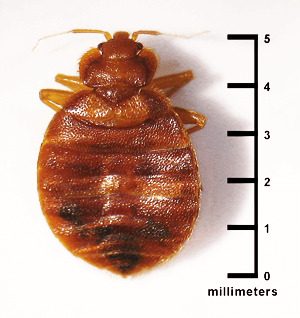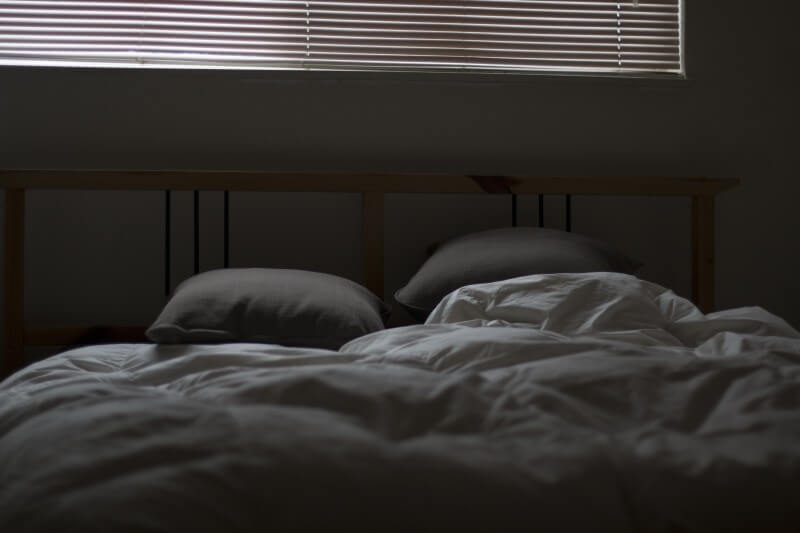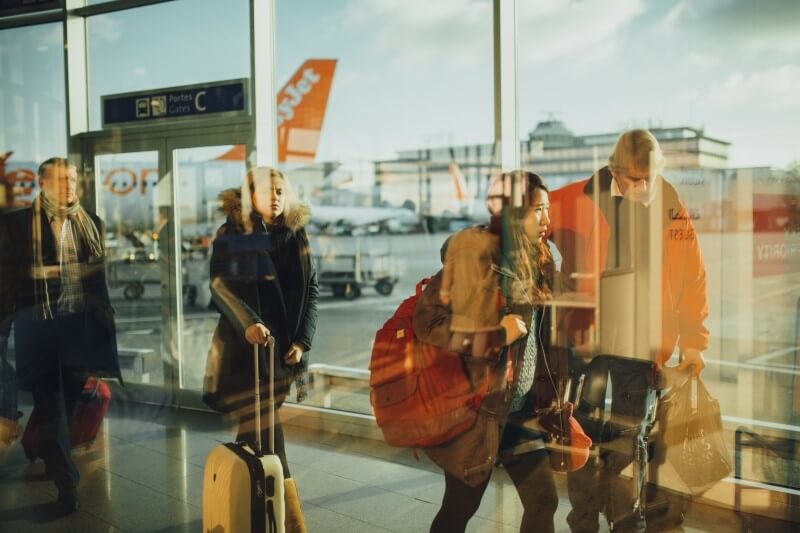Bed Bugs And Travel: What You Should Know
Imagine waking up in your hotel room on the first day of vacation covered in red, itchy welts. This will be the reality for many travelers this year who encounter bed bugs.
Bed bugs are tiny parasites that love to feed on humans. They can be found all over the world, in developing countries as well as countries like the United States.
As their name suggests, most bed bugs can be found within a few feet of a bed, which makes hotels especially vulnerable. Since they primarily feed on humans, bed bugs like to inhabit hostels, motels, and hotels where they can get a steady supply of food.
Bed bugs aren’t just a concern for travelers either. If these pests become attached to your clothing or luggage, you could have a serious problem at home too. It’s important to know how to spot bed bugs and what to do if they are present.
What Do Bed Bugs Look Like?
Bed bugs are tiny parasites that feed on humans. They can also attack other mammals including household pets. Bed bugs hide during the day and come out to feed at night. Sleeping humans are the primary target.
Photo courtesy of the EPA
Normally, bed bugs appear to be:
- Oval- or almond-shaped
- Flat
- Reddish-Brown
- Somewhat translucent
- Wingless
- About 3/16” long
After a meal, bed bugs can appear to be:
- Cigar-shaped
- Purplish red
- Larger in size
How Are Bed Bugs Harmful?
Bed bugs have been found to be infected with some 25 different disease organisms. However, although bed bugs have been suspect in the transmission of many diseases or disease organisms in humans, in most cases conclusive evidence is lacking. In addition, they are quite irritating, inconvenient, difficult to find, and even more difficult to get rid of. For travelers, they can really ruin a good vacation.
Bed bugs are responsible for:
- Itchy bites
- Allergic reactions
- Possible infections
- Infestations
For travelers especially, it’s important to make sure that your clothing and personal belongings are not carrying bed bugs. Carefully inspect every crack, crevice, seam, and fold of material before you leave for your next location. The last thing you want to bring is bed bugs into your own home after a poor travel experience.
How Do You Check For Bed Bugs?
When you’re traveling, you’re going to be staying in new and unfamiliar places. The first thing you should do when you enter your hotel room is check for bed bugs. In fact, keep your luggage away from the bed and off the floor until you’re able to inspect the room.
Here are common signs of bedbugs to watch for:
- Rusty or reddish-brown blood stains
- Small brown ovals or spots
- Unpleasant musty odor
First, check the mattress, box spring, headboard, and any corners or crevices around the bed. Most bed bugs are found within a few feet of a bed. However, you should also check:
- Luggage racks
- Furniture around the bed (nightstands, dressers, etc.)
- Upholstered furniture (chairs, sofas, etc.)
- Curtains
- Carpet
- Closets and drawers
You don’t really need any special tools to detect bed bugs. However, you may find a flashlight, magnifying glass, and scrap of white paper can help. There are a handful of commercial products that can help detect and trap bed bugs, but a thorough visual inspection is the most common way for travelers to check.
If you do find signs of bed bugs, don’t doubt yourself! It’s better to be safe than sorry. You can ask for a different room far away from the infested one, but there’s no guarantee you won’t find pests there too. The best choice is probably to check into a different hotel.
How Do You Treat Bed Bug Bites?
Most travelers don’t think about bed bugs until it’s too late. There’s nothing like waking up in your hotel room covered in red, itchy welts. The experience of the bite itself is mostly painless, but the aftermath is itchy and miserable as an allergic reaction to the saliva injected by the bug as it feeds.
Bed bugs typically feed on exposed skin, which often includes your arms and shoulders during the night. Bites can occur in any number of patterns including zig zigs, small clusters, or straight lines. You may experience burning, itching, and even a rash.
Most bed bug bites can be treated by washing with soap and water. This helps to prevent infection and reduce itchiness. If the itchiness is severe, you can apply a topical corticosteroid cream. Be careful not to scratch too much! Excessive scratching can lead to bleeding and possible infection.
If you experience blisters, oozing, or pus, be sure to see a doctor. These symptoms can be a sign of infection or a severe allergic reaction that needs medical attention.
Did You Bring Bed Bugs Home With You?
Bed bugs can take a bite out of your vacation, but they can be an even bigger problem if they follow you home. Bed bugs can cling to clothing and other materials like luggage to travel from place to place, including your own home.
Did you unknowingly bring home an extra souvenir from your recent travels? The only way to be sure is with a thorough inspection by a trained and licensed pest control operator. EcoCare Pest Solutions can help.
We only use eco-friendly pest control products that are safe for people and pets. You don’t even have to leave your home during treatment! If you’re interested in learning more about how we can help eliminate bed bugs and other pests from your home, contact us today to schedule an inspection.







